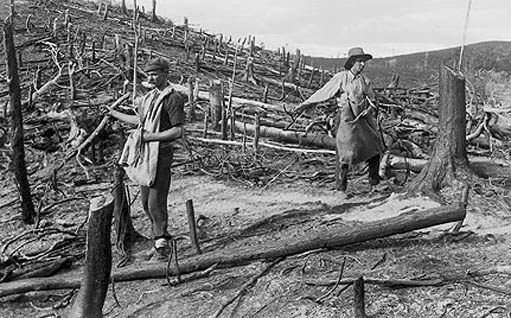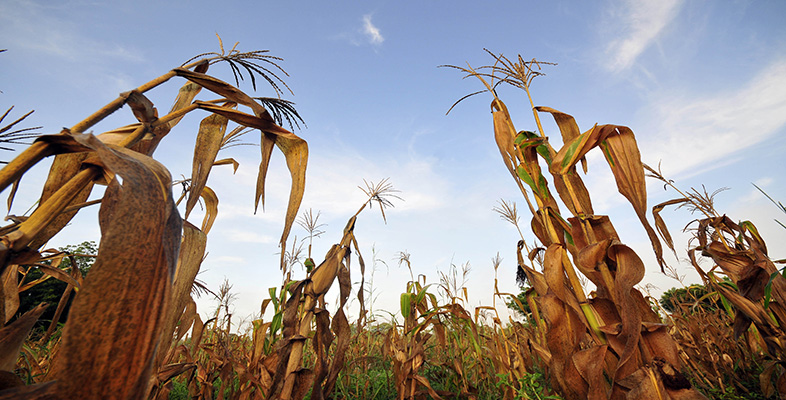5.2 New Zealand's changing environment
In this study I want to explore some possible effects of this new trade on the environment of one of the countries involved. I've chosen New Zealand, partly because the developments we have just been discussing happened only a few decades after the first large-scale settlements of Europeans, and had a strong influence on the direction of its economy. Some background information will help to set the scene.
New Zealand consists of two mountainous islands with a total area similar to that of the British Isles, but a population of little more than four million. Its popular image is of a country that enjoys a pristine environment, clean air, mountains, rushing rivers, green pastures and of course sheep. This is only partly true, but without wishing to reinforce a stereotype, it is the sheep which have had the major impact on the country's landscape.
New Zealand has only recently been settled by humans. The first wave of settlers, 700 to 800 years ago, were Polynesians: hunters, gatherers and explorers who became known as the Maori. The second wave, called 'Pakeha' by the Maori, were mostly of European origin. Their numbers increased rapidly when planned settlements from Europe were started in the early 1840s. In 1840 the estimated population of Maori was between 100,000 and 200,000, while the Europeans numbered only 2000. By 1881 the Maori population had been reduced by epidemics and warfare to less than 50,000 while, encouraged by the policies of the British government and the local administration, the European total had reached nearly half a million, and rose to over a million by 1911.
Both waves of settlement had major impacts on the native flora and fauna, particularly through hunting and deforestation, but the settlement by Europeans was much more rapid and occurred during the later phase of European industrialisation. A major driving force for settlement and the economy was livestock farming, particularly of sheep and cattle. By the 1870s wool accounted for over half of New Zealand's exports, but it proved to be an unpredictable export market. The long agricultural depression of the 1880s led farmers and colonial governments to search for more reliable markets. The arrival of refrigerated transport proved timely and the export of frozen lamb and mutton played a major part in providing farmers with the confidence to continue expanding pasture land for sheep farming.

The development was not without its costs, and, indeed, it could be said that the massive growth of pasture lands that took place in the 1880s and 1890s,while the trade in frozen meat became established, transformed the ecology and landscape of New Zealand.
'In a single intensive decade, from 1890 to 1900, 27 percent of New Zealand's existing forest (or 13 percent of the total land area) was cleared, reducing the forest area from 13 million hectares to 9.5 million hectares. The deforestation rate during this period was four times the recent rate in tropical Asian rain forests. The number of farms rose quickly from around 10,000 in 1871 to more than 80,000 in 1921 when the total occupied area reached its natural limit – some 17.6 million hectares. This occupied land included several million hectares of remnant indigenous forests, mostly in marginal (steep) areas, many of which were subsequently cleared to expand pasture. Burning was the prime means of forest clearance, accounting for probably 90 percent of New Zealand's deforestation. Pastoral landscapes that look idyllic today were clouded by wood smoke a century ago. When the smoke cleared, it left a vista of blackened hillsides and charred tree skeletons'
(Taylor & Smith, 1998, adapted from Box 8.1, p. 8.31)
Nor were these effects transient. Much of the modern landscape of New Zealand was created in the last few decades of the nineteenth century – as this selection of key points from The State of New Zealand's Environment, 1997 in Box 4 illustrates.
